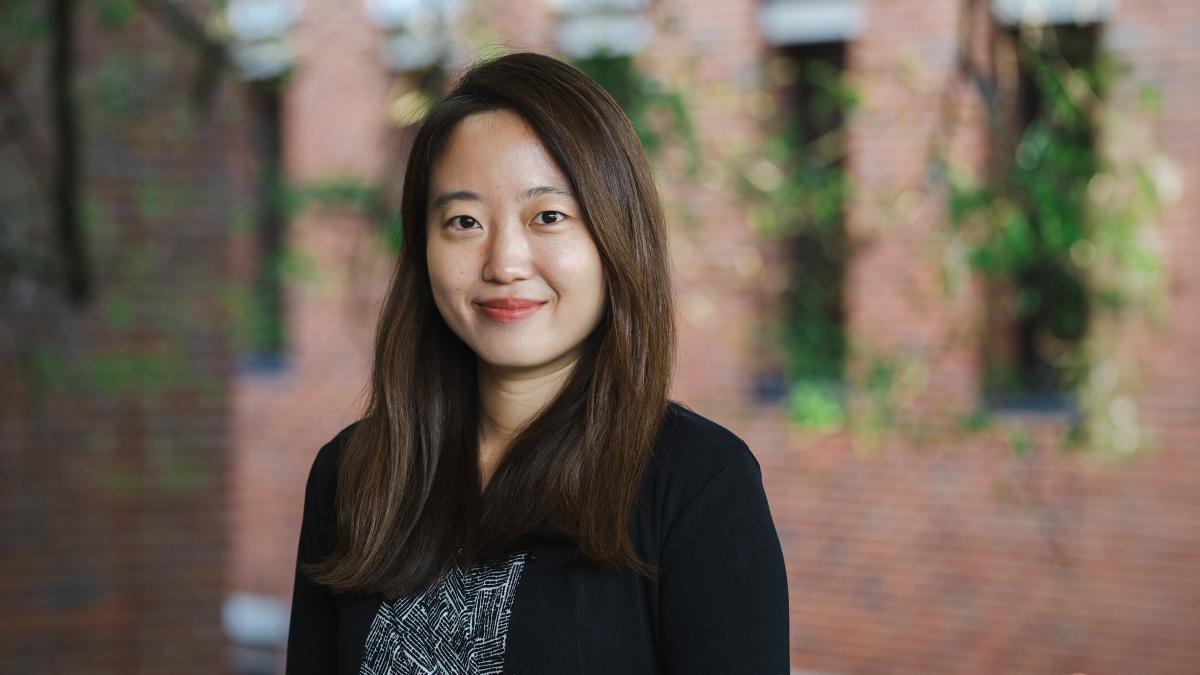Navigating Student Motivation: A Dive into Multiple Goals Regulation in the New Year

Embarking on a new year often brings with it a surge of resolutions, a list of aspirations for self-improvement and growth. In the fast-paced world of college life, students often find themselves juggling multiple responsibilities from academic pursuits to personal obligations, especially at the start of a new semester. Driven by a passion for understanding and addressing motivational challenges faced by students, Assistant Professor Yeo-eun Kim delves into the intricate web of motivation and self-regulation.
Kim’s research within the Department of Educational Psychology and Learning Systems sheds light on the interconnectedness of multiple goals. Her work explores strategies students can use to navigate their relationships with their goals in ways that can improve their well-being.
“I focus on the motivational challenges that students experience,” said Kim. “Why do they experience those challenges? And what types of self-regulatory strategies can they use to address those motivational challenges?”

Students face a range of motivational challenges, from the ever-present digital distractions to conflicting academic and social goals when free time comes at a premium.
“Sometimes instructors will say their students seem to be lacking motivation in class,” said Kim. “But often times, students do have the motivation, but they also have other motivations in their personal lives like part-time jobs, taking care of their families, or even just having fun like attending football games or hanging out with their friends.”
At the heart of Kim’s work lies the concept of multiple goals regulation, a framework designed to help students successfully manage their diverse set of goals.
“I’m passionate about this topic because it’s relatively new. There’s been a lot of research on motivation and self-regulation for a specific task,” said Kim, who defines self-regulation as the ability to monitor and control one’s behavior, emotions, and thoughts in pursuit of a goal. “But in reality, we often have so many different paths and tasks to manage.”
Kim’s approach acknowledges the simultaneous pursuit of academic, social, and well-being goals. The goal network, as it’s termed in Kim’s research, involves understanding the connections between goals and setting priorities to achieve a sustainable and flexible lifestyle. To establish a strong goal network, Kim suggests finding connections between different goals and setting priorities for which to pursue first.
“Sometimes goals are connected in a hierarchical way, where doing well in school will help you reach your long-term goal of landing a job in a specific career,” said Kim. “Or sometimes, goals can be simultaneous. If you want to do well on an exam but also hang out with your friends, you can facilitate both of those by forming a study group, or you can fulfill health and social goals simultaneously by running or going to the gym with a friend.”
Students often face dilemmas, such as choosing between attending a concert and studying for an exam. The goal shielding process of the framework focuses on protecting and sticking to prioritized goals while maintaining a balance between conflicting objectives.
“Oftentimes, with college students or even younger students, they feel this pressure on their academic goals,” she added. “And that's often why they’ll say, ‘I can't go to the gym. I can’t keep a healthy diet. I don’t have enough time. I’m always stressed about my schoolwork.’ But it's important to reframe that and think about how focusing on their health or overall happiness would actually help with their academic journey as well.”
Kim also notes that many health-related or social goals can serve as good rewards for achieving academic goals. Additionally, recognizing when to disengage from pursuing a specific goal, when to pause a goal, or when to move on to a different goal can be challenging but helpful for overall well-being.
“People often talk about the importance of goal setting and sticking to a goal, but sometimes it's helpful to let go of some of your goals or change your goals, and that's not failure.”
For that reason, multiple goals regulation also involves reflection and adjustments. Students are encouraged to reflect on their goals, evaluate their progress, and shift their objectives as needed. This may include setting higher or more realistic standards.
By embracing the concept of multiple goals regulation, Kim offers a holistic framework that encourages students to pursue a diverse set of goals that are closely attached to their social and cultural identities.
To learn more about Kim’s research, read the journal article “Self-regulatory processes within and between diverse goals: The multiple goals regulation framework,” published in Educational Psychologist, or “Academic, social, and well-being goings in the classroom: The dynamic interplay between goals and self-regulatory processes,” published in Contemporary Educational Psychology.
To explore more of her publications, visit Dr. Kim's faculty bio.